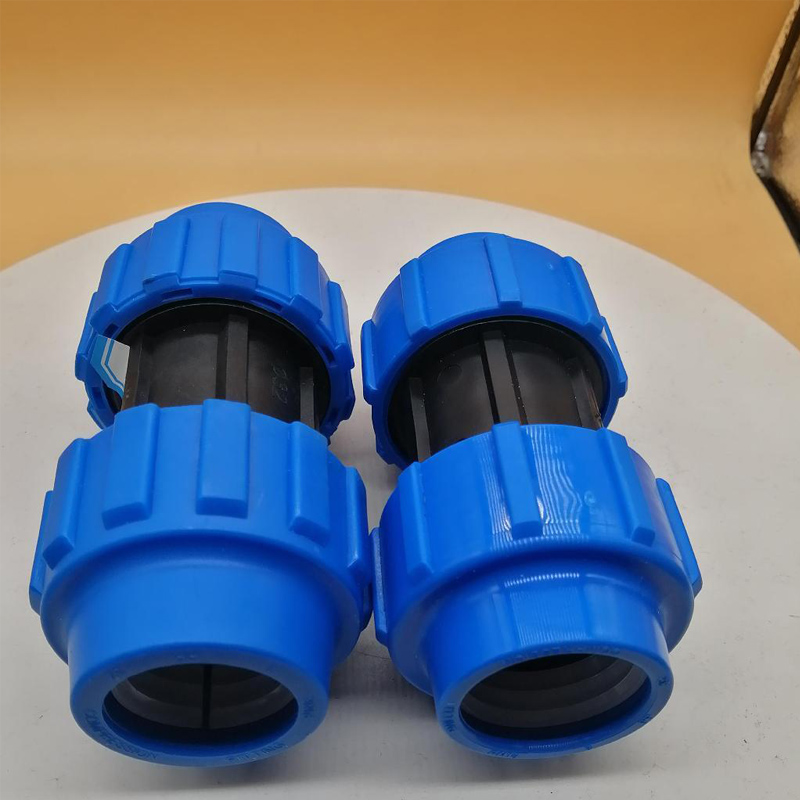Nov . 22, 2024 00:51 Back to list
pvc to hdpe pipe connection products
Connecting PVC to HDPE Pipe A Comprehensive Guide
When it comes to modern plumbing and piping systems, two materials often come to the forefront Polyvinyl Chloride (PVC) and High-Density Polyethylene (HDPE). Both materials have distinct advantages and applications, making them popular in various industries. However, the need often arises to connect PVC pipes to HDPE pipes, whether in water distribution systems, irrigation, or sewer lines. In this article, we will explore the methods, products, and considerations involved in PVC to HDPE pipe connections.
Understanding the Materials
PVC is a rigid plastic commonly used for its excellent strength-to-weight ratio, corrosion resistance, and ease of installation. It is often used in residential plumbing, drainage systems, and irrigation. Conversely, HDPE is known for its flexibility, lightweight properties, and resistance to impact and chemicals, making it suitable for underground installations, municipal water systems, and agricultural applications.
The Challenge of Connection
Connecting PVC and HDPE pipes can be challenging due to their differing chemical compositions and physical properties. A secure and leak-free connection is essential to ensure the integrity of the plumbing system and prevent costly repairs. Therefore, selecting the right materials and installation methods is critical.
Connection Methods
1. Mechanical Couplings Mechanical couplings are one of the easiest and most effective ways to connect PVC and HDPE pipes. These fittings typically consist of two ends designed to fit over the pipe ends. Rubber gaskets inside the coupling help create a watertight seal when the coupling is tightened. This method allows for some flexibility and makes it easier to align the pipes without needing specialized tools.
2. Transitions Fittings Transition fittings specifically designed for PVC to HDPE connections are available in the market. These fittings often have one end configured to fit PVC pipes and the other tailored for HDPE. Manufacturers usually provide these fittings in various sizes to accommodate the different diameters of pipes. Transition fittings help ensure a seamless and secure connection between dissimilar materials.
pvc to hdpe pipe connection products

3. Adhesive Bonding While PVC pipes can be joined using solvent adhesives, this method is generally not suitable for HDPE due to its non-polar nature. However, some specialized adhesives designed for use with HDPE can provide a solid bond when used correctly. It's crucial to follow the manufacturer's instructions and ensure proper surface preparation for optimal adhesion.
4. Fusion Welding Although primarily used for connecting HDPE to HDPE, fusion welding techniques can be adapted to connect HDPE to another material with the right transition fittings. This process involves heating the pipe ends until they reach a molten state and then fusing them together. This method offers one of the strongest, most durable connections but requires specialized equipment.
Considerations for Connecting PVC to HDPE
1. Compatibility Not all adhesives and fittings are compatible with both materials. Always verify compatibility before selecting products for connection.
2. Environmental Factors Consider the environment where the pipes will be installed. For example, temperature fluctuations, soil conditions, and potential for ground movement can all affect the integrity of the connection.
3. Regulatory Standards Always adhere to local codes and regulations regarding plumbing installations. Different regions may have specific requirements for the use of PVC and HDPE pipes.
4. Installation Technique Ensure that the installation technique used provides adequate support and alignment for the pipes. Misalignment can lead to stress on the connection, increasing the risk of leaks.
Conclusion
Connecting PVC to HDPE pipes is a common task in plumbing, irrigation, and construction sectors. Utilizing the right products and methods is essential to ensure a reliable, leak-proof connection. By understanding the properties of each material and the best practices for connection, professionals can ensure the longevity and effectiveness of their piping systems. Ultimately, whether through mechanical couplings, transition fittings, or specialized adhesives, successful connections can enhance the performance of the entire system, delivering water efficiency and security.
-
High-Quality PVC Borehole Pipes Durable & Versatile Pipe Solutions
NewsJul.08,2025
-
High-Quality PVC Perforated Pipes for Efficient Drainage Leading Manufacturers & Factories
NewsJul.08,2025
-
High-Quality PVC Borehole Pipes Durable Pipe Solutions by Leading Manufacturer
NewsJul.08,2025
-
High-Quality PVC Borehole Pipes Reliable PVC Pipe Manufacturer Solutions
NewsJul.07,2025
-
High-Quality UPVC Drain Pipes Durable HDPE & Drain Pipe Solutions
NewsJul.07,2025
-
High-Quality Conduit Pipes & HDPE Conduit Fittings Manufacturer Reliable Factory Supply
NewsJul.06,2025

